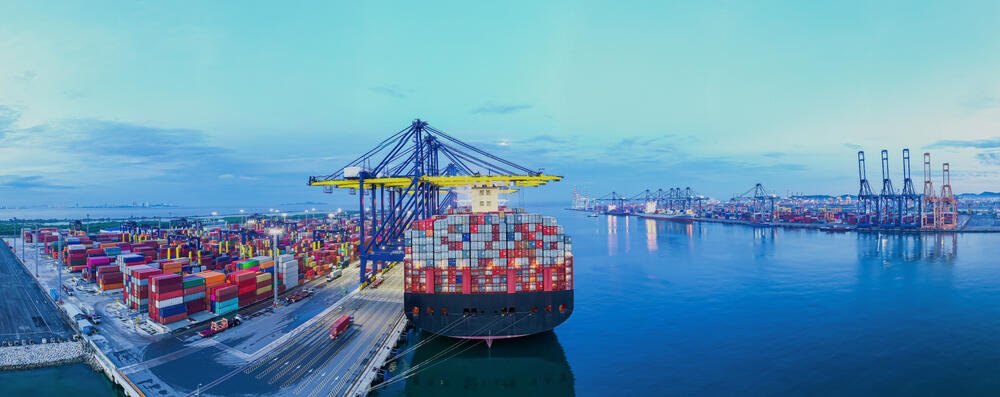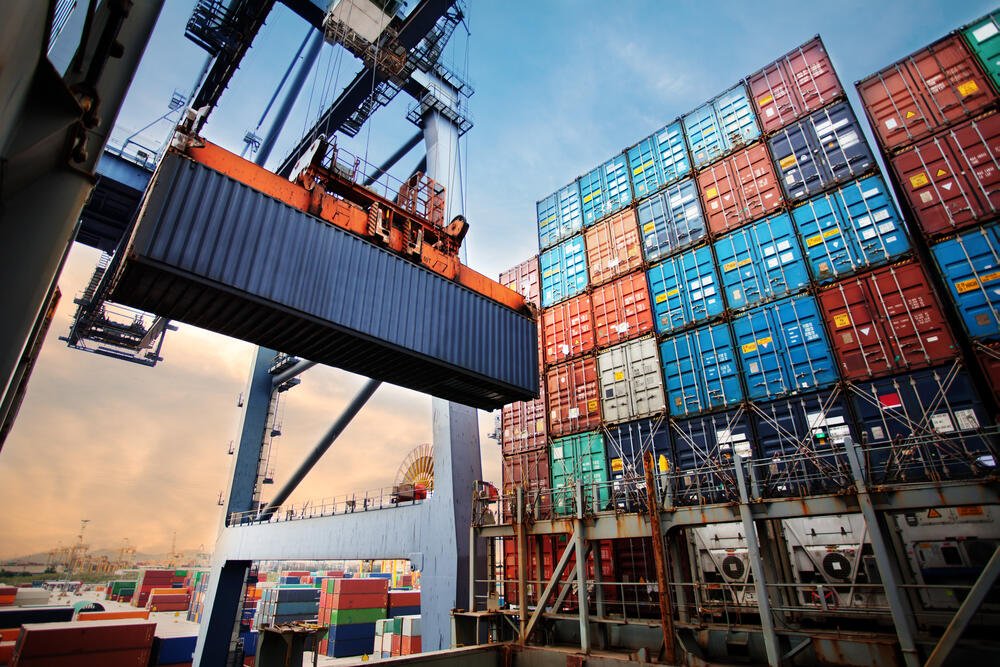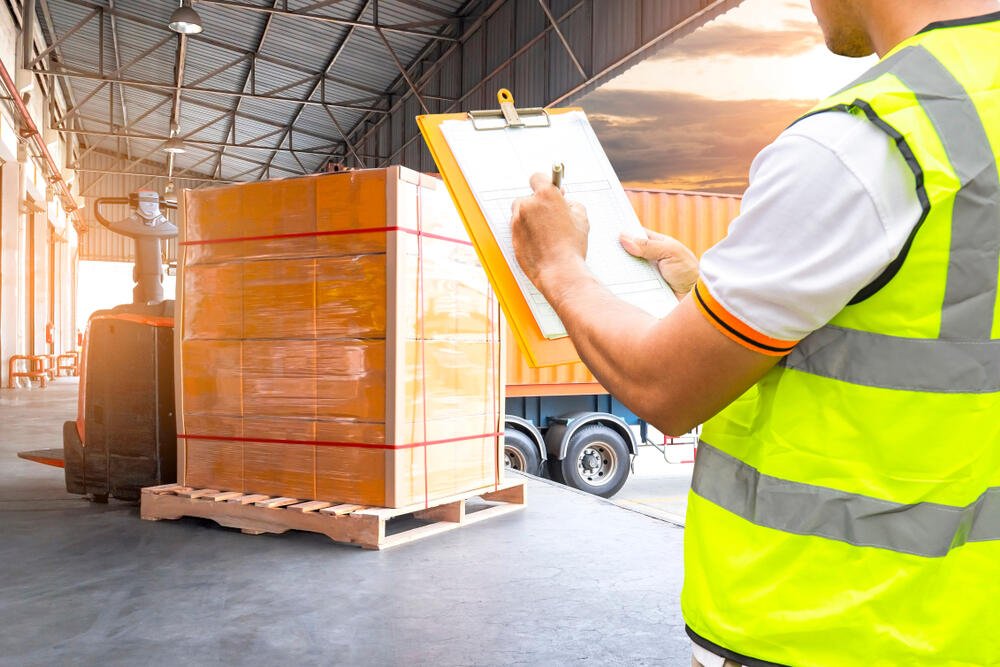Major Factors that Affect Your Freight Class
The term "freight class" refers to a defined pricing categorization used in the shipping sector. It establishes uniform commercial transactions involving numerous brokers, warehouses, and carriers.
It is decided based on various considerations, such as how easy it is to handle the item, it's worth, weight, length, height, density, and level of responsibility.
It is not an easy undertaking to classify freight regularly in a way that is both tailored and cost-savvy. This requires a lot of effort. It is achievable, but only if you have sufficient business knowledge and loyal relationships with various carriers.
This article explains the ins and outs of categorizing freight, including how third-party logistics partners may use their expertise in the many classes of cargo to save their customers both time and money.
Find out how your logistics partners distinguish between the several freight categories established by the National Motor Freight Traffic Association so that you can comply with laws and regulations and improve your bottom line.
A detailed, step-by-step tutorial for determining freight density is also included in this package.
Defining Freight Class
A classification and grouping system for the shipping industry, freight class, also known as the National Motor Freight Classification (NMFC), was created by the National Motor Freight Traffic Association, a non-profit organization.
It is utilized to move LTL (less than truckload) cargo in interstate commerce, intrastate trade, and overseas commerce.
What Makes LTL Unique?
Because LTL shipments include transporting a number of different items on a single pallet, the NMFC is only applicable to those shipments.
Because these do not all have the same values for liability and density, nor do they necessarily take the same amount of work to handle or store, they are priced differently.
Freight Class's Purpose
The National Maritime and Fisheries Commission (NMFC) was established to provide a standard comparison of commodities for freight identification and classification.
This is essential for making comparative analyses of the billions of various items sold yearly in today's internationally competitive market more straightforward to understand.
This approach enables smooth and effective freight pricing negotiations and logistics by offering a definite source of common ground between shippers and carriers.

Transportability an Determining Metrics
The "transportability" of a commodity is categorized according to its freight class.
The following four significant metrics are utilized in the transportability calculation:
- Density
- Simple manipulation and use
- Liability
- Stowability
The classification of your freight may also be influenced by factors such as distance traveled, volume, and other market conditions.
Density
When referring to shipping, "density" refers to the ratio of the amount of space an object uses to its total mass. In terms of class, the lowest class, designated as Class 50, is given to freight weighing more than 50 pounds per cubic foot.
At the opposite end of the range, at the class 500 level, we encounter freight with a density lower than one pound per cubic foot (gold flakes, for example).
Ease of handling
Most goods are easy to load and unload, mainly when these responsibilities are delegated to machines, as is frequently the case in this industry. Despite this, certain kinds of freight must be handled with the utmost caution.
This is due to the limits imposed due to their abnormalities in weight and shape, extreme fragility, or dangerous qualities. These kinds of restrictions can call for a different categorization of the freight in question.
Liability
When leveraging responsibility, it is vital to consider the increased danger of theft or unintentional damage. For example, expenses and potential liability risks are associated with the storage of perishable goods and hazardous chemicals.
Stowability
Certain kinds of freight are controlled by government regulation, while the rules of individual carriers control others. It is not possible to load some kinds of cargo together, such as certain dangerous goods, considerable freight, or freight that protrudes in a predetermined direction that is inconvenient to the loading process.
The relative stowability of different types of freight is attempted to be quantified by the freight class to reflect the relative ease or difficulty of handling that freight.
Steps for figuring out the density of the cargo:
- Find out the dimensions of your freight in inches, including its length, breadth, and height (Including the packaging).
- Multiply these three measurements to determine your freight volume in cubic inches.
- Divide this figure by 1,728 to get the equivalent in cubic feet (the number of cubic inches in a cubic foot).
- After that, divide the entire weight of your freight, measured in pounds, by the total volume, measured in cubic feet.
- This will give you the density of your freight.
L x W x H = X inches3
X inches 3 / 1,728 = X feet3
X weight in lbs./X feet3 = density

The Various Classes
Eighteen different classes may be used for LTL freight, with the lowest being 50 and the highest 500.
Cargo that is simple to handle and sturdy will be assigned a common categorization. A higher class will be given to freight that is very susceptible to being damaged or stolen.
When it comes to determining the freight class, the basic rule to follow is the following: the lower the density, the higher the freight class.
Class - weight range (per cubic foot)
- Class 55 - the amount above fifty pounds (lowest cost)
- Class 60 - ranges from 30 to 35 pounds.
- Class 65 - weighing between 22.5 and 30 pounds
- Class 70 - weighs between 15 and 22.5 pounds.
- Class 77.5 - weighs between 13.5 and 15 pounds
- Class 85 - weighs between 12 and 13.5 pounds.
- Class 92.5 - weighs between 10.5 and 12 pounds
- Class 100 - 9 to 10.5 pounds
- Class 110 - 8–9 pounds
- Class 125 - 7 to 8 pounds
- Class 150 - 6-7 pounds
- Class 175 - 5-7 pounds
- Class 200 - 4-5 pounds
- Class 250 - 3 to 4 pounds
- Class 300 - 1-2 pounds
- Class 400 - 1-2 pounds
- Class 500 - Less than one pound (highest cost)
How Third-Party Logistics Providers (3PLs) Use Freight Class to Reduce Shipping Costs
It's possible that an intelligent third-party logistics company, abbreviated as 3PL, may finagle freight classifications to your financial advantage. Examples of this may be:
- "Bumping" density
- Modifications of strategy for the packaging
- Setting a low "released value" requirement
Bumping density
"Bumping" refers to the practice of claiming an intentionally greater weight on the initial bill of lading to qualify for a lower freight classification.
This is done to save money on shipping costs. Adherence to specific conditions is required, and shipments can only move up one class at a time.

Packaging
Working with a 3PL that takes the time and effort to learn about the specifics of what is being shipped is helpful for all parties involved, including the manufacturer, the shipper, and the carrier.
Knowledge of the specific commodity may assist guide selections for packaging, which in turn may help affect freight classification.
In certain circumstances, clever packing can result in a lower freight class, reducing the overall freight cost.
These modifications may even be more suitable and protective for your cargo, which will save you from the possibility of incurring damages and, as a result, charges.
When thinking about how to package cargo, here are seven questions that might prove helpful:
- Is it as compact and dense as it can be?
- Is it durable?
- Is it something that can be readily managed?
- Is there sufficient protection for everything?
- Does this packaging make it easier to store the item?
- Is this the optimal size pallet for this particular shipment?
- Are these the most appropriate kinds and dimensions of boxes for each category of goods?
Low "released value".
Since it is often supplied at no additional cost, a "released value" provides possibly the most affordable yet modest protection. However, it restricts responsibility to a value lower than the cargo's actual worth; thus, it is not as comprehensive as other forms of protection.
Because this would include establishing a tariff with provisions for released rates and negotiating with your shipper to get to a formal, written agreement, it is recommended that you consult with an experienced customs specialist who is a member of your team.
After then, a bill of lading must be created to reflect such an agreement for the shipment to proceed.

Who We Are, and What It Is That We Do?
If you want more information about shipping, please check our website at www.a1autotransport.com.
A1 Auto Transport is one of the major auto shippers in the industry, established in the United States and operating worldwide.
We have offices and storage facilities located in key towns and metro regions around the United States and worldwide. We also have a crew of experienced shipping specialists to ensure that you have the service you want at a price you will like.
Comments
Post a Comment